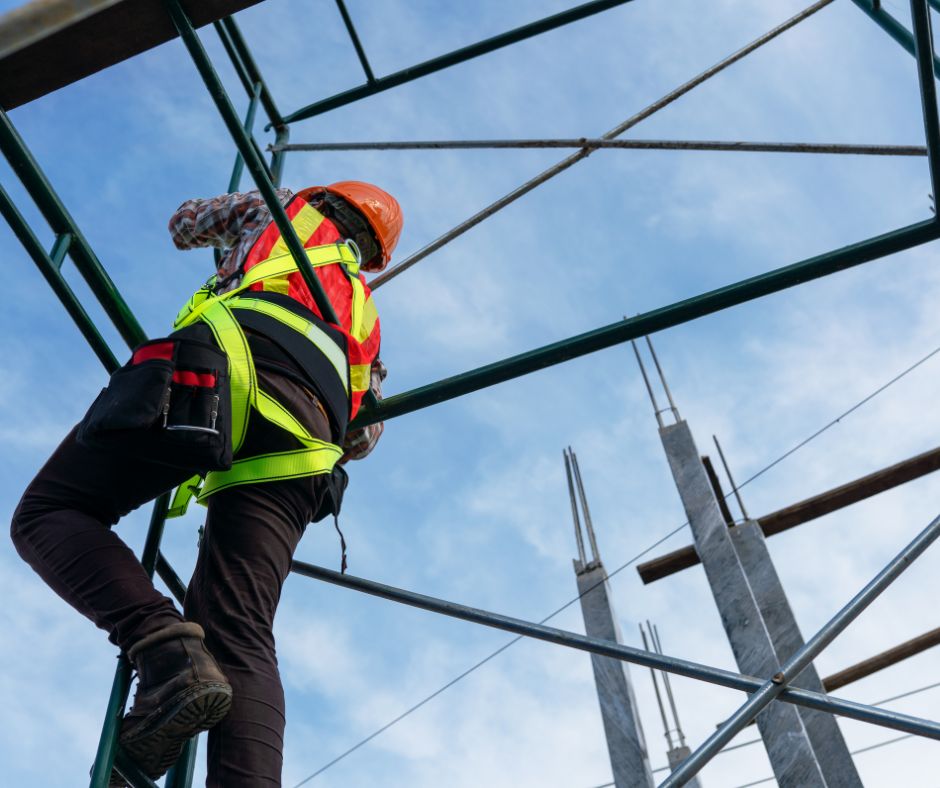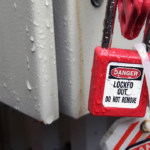The Cardinal Rules of Fall Protection: Crash Now, Not Later
Falls account for many workplace accidents and are the leading cause of fatalities in construction. In fact, the U.S. Bureau of Labor Statistics states that falls from height seriously injure 10,000 workers annually, and over 1,000 workers die each year as a result of a slip, trip, or fall and countless other mild or serious injuries resulting in days away from work. In the construction industry, slips, trips, and falls account for 37 percent of all fatal injuries on a job site. In 2020, 351 people were killed due to catastrophic falls in construction.
You’ve heard that knowledge is “power,” but we like to say that knowledge is “safety” too. As a safety industry advocate, we want to make sure your team doesn’t add to these statistics. Freshen up on this fall protection crash course now to avoid a crash later!
- Height – The general industry height requiring fall protection is 4 feet, and the construction height requiring fall protection is 6 feet. Anytime a worker is 4 feet above a lower level, fall protection must be used.
- Policy – Know the policy of the facility or construction site where you work. Many companies have stricter requirements for fall protection than OSHA mandates.
- OSHA Mandates – To prevent falls, OSHA mandates that workers must know how to operate hole covers, personal fall arrest systems (PFAS), safety nets, and guard rail systems.
- Make sure you know how to use all PFAS properly.
- Never take a guard rail down without using another means of fall protection.
- Anchorages used for attachments PFAS must be capable of supporting 5,000 lbs per employee.
Fall safety is not limited to construction sites or plant floors. While the likelihood of injury increases on a site with more hazards, the chance of falling is never 0%. All employees and leaders, whether in the office or the warehouse, need to understand the severity of this issue and the importance of fall protection.



